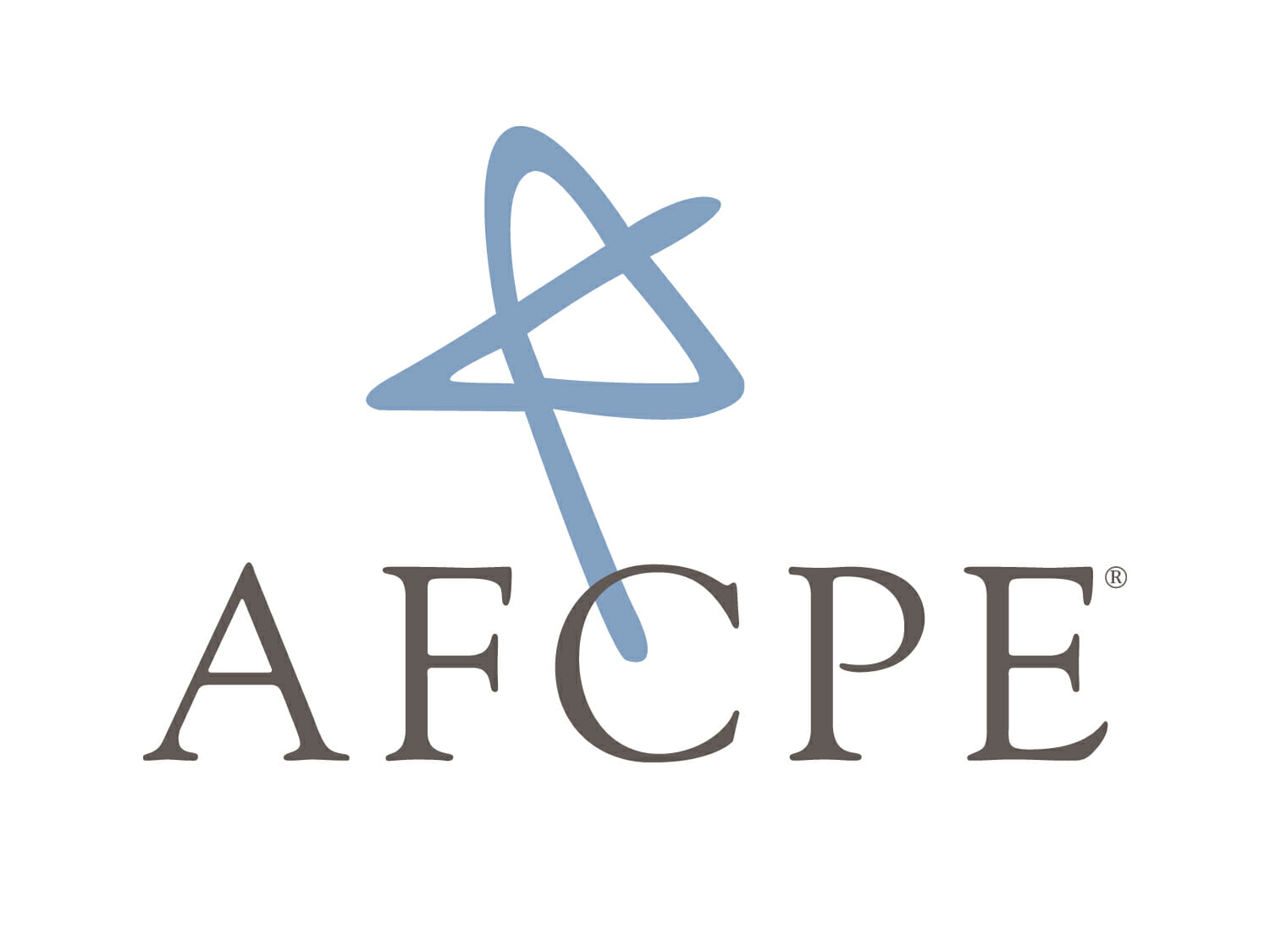Drum Roll….
The rich are getting richer. We know, next subject please.
We can whittle away a lifetime wishing our grass was as green as that next door–too many of us do. Instead, I think I know what the next subject should be, and it’s NOT being taught or talked about despite a ridiculous low cost and high level of interest on the part of students–at least the students that I have had the pleasure of working with to date.
On Friday afternoons I serve as a part-time lecturer at the University of Pittsburgh, and my subject is personal finance. An exercise in class revolved around a real-life case of an 18-year student attempting to trade a used car for a similar used car. In addition to his existing vehicle, this student had saved $1,000 to help with the “upgrade”. The class exercise was to review the potential transaction, and consider possible alternatives. For example, keep the car and make a one-time investment using the $1,000.
As a group it was decided to instead open a Roth IRA, invest in an S&P 500 index fund, and not touch the funds until age 70. Using the 10.9% annualized return of the index for the past 100 years, the class came up with an ending value of $216,990 – they were floored. Since no one believed it, we started over from the beginning, and unanimously the class again arrived at $216,990. But that’s not the lesson.
One student was so flummoxed that he stated the calculation wasn’t possible, because, “…if it were possible to turn $1,000 into that much money, then everyone would be doing it.” Candidly I asked about his savings, and he admitted to no such effort. When I asked why, he paused and replied, “I didn’t know…” and the lightbulb went off.How many of us “didn’t know”? How many of our kids, students and employees “don’t know?”
Today’s results are predictable in part because the world is cleverly stacked against our wallets. In addition to peer pressure we are encouraged to take on debt, and billions of dollars are spent each year in a well-orchestrated effort to get us to spend that $1,000 rather than save it. We are NOT taught the consequences of our actions. It has been my experience, after three years of working with high school and college students and hearing their feedback, that the vast majority receive virtually no practical introduction into the world of basic money stuff. Too bad, since basic money stuff is going to touch each and every student, and the decisions they make from early ages have a snowball effect.
How do you solve the wealth inequality that exists? Teach our kids about the decisions they will face. I don’t mean economic theory or investment principles. Basic practical things: the first credit card, college loans, the first car (or not), the first apartment, that cellphone upgrade, the value of a job and of saving a little bit. And don’t teach them once, but remind them constantly. Every high school – andcollege – should be required to review this information annually with each student. Imagine if that $1,000 above were $2 000? Or, $1,000 a year for life?The solution to narrowing the wealth gap – to money ignorance – just isn’t that hard. Instruct and inspire the kids. And the solution is apolitical since it applies regardless of race, creed, color or economic status. Show them that their economic future is something that they can CONTROL! Believe me; they WANT to learn about this.
Leaders are defined by their actions, and in this case we can all be leaders. First, by taking steps to control our own financial future, and second by showing our friends and family how they can do the same. You don’t need to be in the 1% to save and invest, and when you are young (as in the example above) a little bit, can go a long way.
Sometimes the simple solution is the right solution.
Guest Contributor, Gene Natali Jr.
Originally posted February 18, 2015 on The Missing Semester.

Leave a Reply